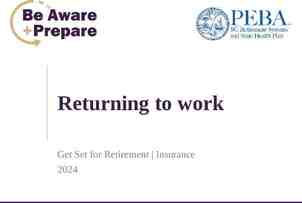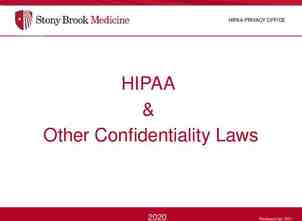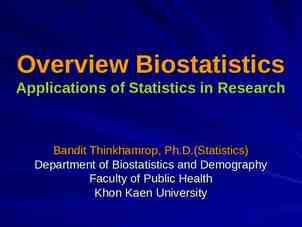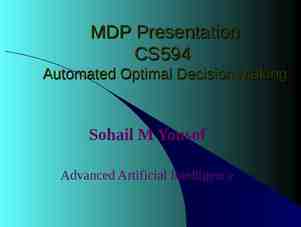Advocacy Groups and Social Movements
12 Slides5.11 MB

Advocacy Groups and Social Movements

Interest Groups Interest Groups: Any group that seeks to influence government policy without contesting elections – meaning without having candidates represent them ‘directly’ “Organizations whose members act together to influence public policy in order to promote their common interest”(Pross) Groups develop because individuals or companies with common concerns come together to strengthen their cause.

Pressure Groups Interest Groups become Pressure Groups when they actively pursue an objective with government.

Advocacy Group Structures In Canada decisions are made at multiple levels of government. The division of powers between Federal and Provincial governments as seen in the diagram can be blurred. Teachers, nurses, and professors are more provincial. Indigenous Advocacy groups Federal. Some groups need to target their resources because of funding shortages. Relationships are important as local MPPs can draft or influence legislation

Relationships Close relationships often develop between the advocacy group and its most relevant form of government. They seek to contact officials directly and informally on often a day to day basis. This leads to legislation being drafted in consolation with interest groups, thus building a reciprocal relationship between government and interest group. E.g. The Canadian Medical Association and Health Canada. This makes advocacy groups able to also inform their members of what is going on in terms of government legislation.

Example: British Columbia – Declaration of the Rights of Indigenous People’s Act B.C.’s Implementation of the UN Declaration The provincial government passed the Declaration on the Rights of Indigenous Peoples Act (Declaration Act) into law in November 2019. The Declaration Act establishes the UN Declaration as the Province’s framework for reconciliation, as called for by the TRC’s Calls to Action. This historic legislation was developed in collaboration and consultation with Indigenous partners. The Declaration Act aims to create a path forward that respects the human rights of Indigenous peoples while introducing better transparency and predictability in the work we do together. Visit the Declaration Act. How do you think advocacy groups helped shape its implementation? How do you know? What does it seek to do?

Why Are Some Groups Successful? Sympathy of access to the government Information Financial position of the government Numbers and cohesion Money Popularity of the cause Absence of opposition

Social Movements “An informal network of organizations and individuals who on the basis of collective identify and shared values engage in political or cultural struggle intended to expand the boundaries of the existing system and undertake collective action designed to affect both state and society.” (Phillips, 1999) Often work overtime and usually consist of small local groups that haven’t cohesively come together. Examples: environmental, women’s, peace, human rights, and consumers’, Indigenous, gay rights, and animal rights are umbrella movements. Together we will look at the LGBTQ Movement.

Social Movements Possess a less formal structure and bring new values to the political system. Visit Black Lives Matter and learn what they are about. Watch the videos on our website and be prepared to discuss this social movement.

Social Movements Together we are going to watch the videos detailing some history of BLM and read an article on its effects on youth.

Asian Hate Read the article on our website about the increase in Asian Racism since the beginning of Covid – 19. Reflect on the questions there.

Long Run Social movements widen the scope of public discourse and parties and other mainstream political institutions eventually respond. Women’s Rights, Environmental Legislation, Police and Social Reform , the LGTBQ Community, and Indigenous Rights have all seen legislation and public/political discussion in attempts to improve the lives of people. More still needs to be done. Next we examine Critical Race Theory and How to Address the issues.






